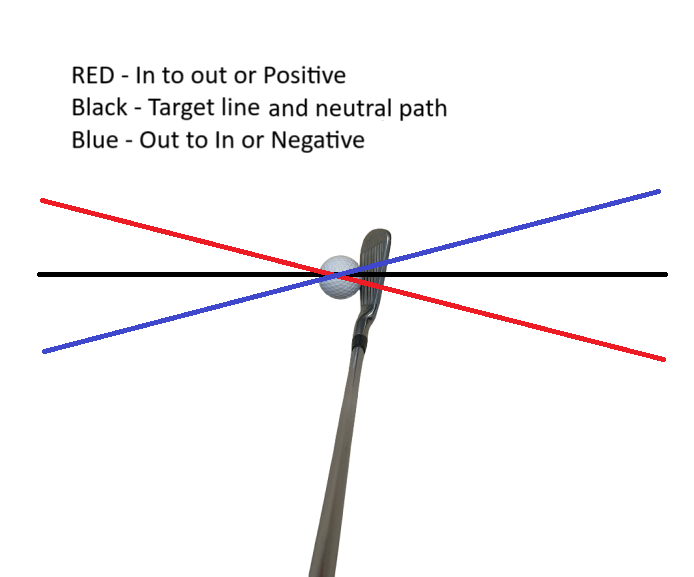Club Path
Understanding Club Path: The Key to Shot Curvature in Golf
10/27/20242 min read


Understanding Club Path: The Key to Shot Curvature in Golf
When it comes to golf, the path your club takes during your swing plays a crucial role in determining the direction and curvature of your shots. In this article, we’ll explore what club path is, how it influences shot curvature, and how you can improve your swing for better results on the course.
What is Club Path?
Club path refers to the direction the clubhead is moving at impact relative to the target line. It can be described as either inside-to-outside, outside-to-inside, or straight down the target line. Understanding your club path is essential for mastering shot shaping and controlling ball flight.
Club Path Types
1. Inside-to-Out: The club moves from inside the target line to outside. This path typically produces a draw (right-to-left curve for right-handed golfers).
2. Outside-to-In: The club moves from outside the target line to inside. This path usually results in a fade (left-to-right curve for right-handed golfers).
3. Straight Down the Line: The clubhead moves parallel to the target line, producing a straight shot.
How Club Path Affects Shot Curvature
The club path influences both the initial direction of the ball and its curvature. Here’s how:
Inside-to-Out Path: When you swing from inside to outside, the ball starts right of the target (for right-handed players) and curves back left. This is ideal for hitting draws.
Outside-to-In Path: An outside-to-in swing typically makes the ball start left and curve back right, resulting in a fade.
Straight Path: If your club path is straight, the ball will travel in a straight line towards your target with minimal curvature.
Additional Factors Influencing Shot Curvature
While club path is crucial, other elements also play a role:
Face Angle: The angle of the clubface at impact relative to the target line can significantly affect ball direction and spin.
Angle of Attack: Whether you hit down on the ball (negative) or up (positive) can influence trajectory and distance.
Swing Speed and Impact Position: These factors can also alter how the ball behaves after impact.
Tips for Improving Your Club Path
1. Practice with Alignment Aids: Use alignment sticks on the ground to visualize and guide your swing path.
2. Video Your Swing: Analyzing your swing on video can help you identify and correct your club path.
3. Work with a Coach: A professional golf coach can provide personalized feedback and drills to improve your swing mechanics.
4. Drills: Incorporate drills that focus on path control, such as the "Gate Drill," where you place two tees on either side of your club to ensure you’re swinging in the correct path.
Conclusion
Understanding and mastering your club path is essential for controlling shot curvature and achieving consistent results on the golf course. By focusing on your swing mechanics and practicing regularly, you can refine your skills and take your game to the next level.
MASTER GOLF & SPORT CLUB
Batu 8, Cheras
KOTA PERMAI GOLF & COUNTRY CLUB
1, Jalan Anggerik Vanilla 31/100A, Kota Kemuning, 40460 Shah Alam, Selangor
Coaching Locations


Mobile Phone No. +6012 264 7562
SAUJANA GOLF & COUNTRY CLUB
Jalan Subang, U2, 40150 Shah Alam, Selangor
